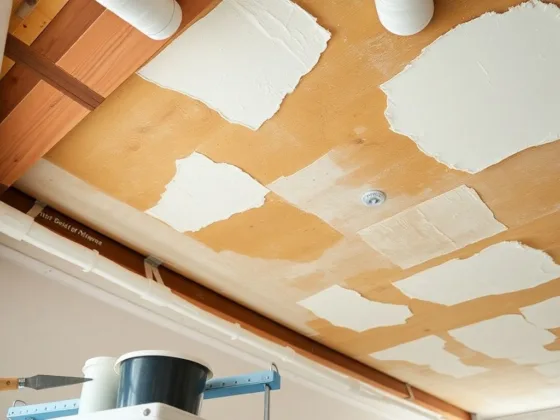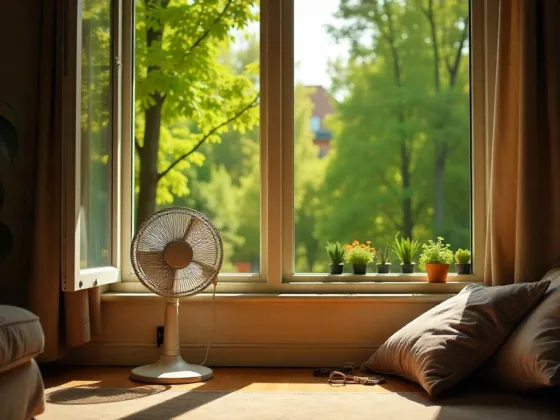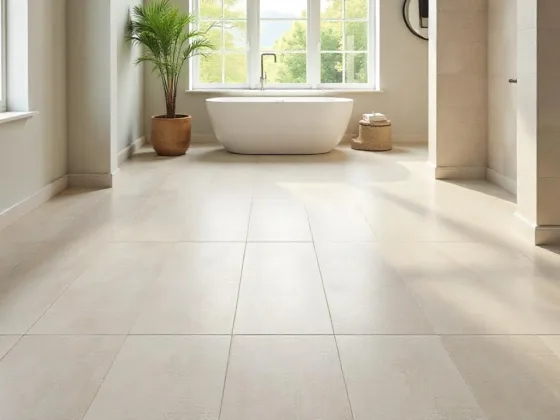What can I use sealant for?

Essentially, sealants are used to fill a gap between two surfaces, and it does this by hardening to form a barrier between them. They can be extremely strong in some cases, but certain types are quite weak.
Even though some sealants have adhesive properties, they should be primarily used to create seals that restrict the flow of air or water. Some of the secondary properties of sealants can include insulation of noise and protection from fire.
How should I apply sealant?:
- Firstly, remove any old sealant by scraping it off or using a specialist remover. Clean the surface thoroughly to remove any dirt or debris, and wipe it down with a cloth prior to applying the new sealant. It may be helpful to wipe down the area with isopropyl alcohol but only do so if you are working in a well-ventilated area. You will need to let the surface dry before beginning to apply sealant. For easier cleanup, try applying painter’s tape on either side of the area where you will be applying sealant.
- Use a sharp knife to cut the nozzle of a sealant cartridge at a 45-degree angle about an inch down the nozzle itself. Try to cut off less than you need to start with, as you can always cut off more later. If you require a larger bead of sealant, cut further down the nozzle.
- Pierce the inner foil seal of the cartridge using the metal rod of a caulk gun or a long nail. Place the sealant cartridge in the caulking gun, and squeeze the handle until it is secured tightly and a small bead of sealant comes out where you have cut the nozzle.
- Beginning at the top corner of the area, place the caulking gun at an angle at the start of the gap and gently squeeze. When the sealant comes out, run along the gap at an even speed with a smooth motion, then continue with the vertical sides.
- Smooth out the sealant straight away after you have applied it before it begins to cure. It may be best to use a damp sponge, a caulk tool, or your finger to run along the sealant for a smooth finish.
- If you did use painter’s tape, remove it immediately after you have finished before the sealant starts to cure. Remove any excess or unwanted sealant with mineral spirits, and allow it to cure completely for the best result according to the manufacturer’s instructions.
How often should you apply sealant?
Exterior silicone sealants are estimated to last for between ten to twenty years, depending on the quality and the location where it has been used, such as somewhere exposed to a lot of sun or high winds.
If you use polyurethane, this can react poorly to sunlight exposure and may need to be replaced every two to three years. Rubberised thermoplastic sealant can melt in sunlight, or can harden if it is extremely cold in winter.
Exposure to varying temperatures can make these sealants lose their flexibility and crack. If acrylic-based sealant is used, this will need to be replaced after five years, as it has a low flexibility rate and tends to crack in winter.
What sealant should I use?
- Acoustic – used for soundproofing, but can also create an effective barrier against moisture and vapors.
- Adhesive – ideal for lighter items that need fixing together and sealing at the same time.
- Elastic – used to fill up and seal larger spaces.
- Floor – used to provide a protective coating to porous surfaces used for flooring.
- Foam – used to create a barrier against escaping air in older homes.
- Latex – usually used for interior applications, as they can be painted and don’t fade under UV lights.
- Polyurethane – forms a tough elastic seal that can be used on various surfaces.
- Silicone – mostly used around sinks, bathtubs, showers, and windows as they are completely waterproof.
Are there other things to keep in mind when using sealant?
Use primer where possible
Using a primer can help the sealant adhere to the target surface, improving adhesion by up to twenty percent. You can also use a solvent-based primer that should be applied with a brush or cloth to improve adhesion.
Watch out for the shelf life of the sealant
Most sealants available to purchase today will cure at a rate of two to three millimeters per twenty-four hours, which is why they do not last indefinitely in the tube.
Their shelf life will be further shortened if they are stored in hot or humid conditions, and you can make them last longer by storing them in the fridge or keeping the nozzle attached so that they cure slower. You should also not open the tube until you are ready to use it.
Ensure your workspace is prepared
Make sure any silicone applicators are kept away from children or pets who may come into contact with your workspace. If the sealant you are using has a strong odor, make sure you are working in a well-ventilated area.
Is there a difference between sealant and caulk?
Caulk and sealant are both used for the same purpose, to fill in any gaps in a building to prevent the entry or escape of water and air. Caulk is more rigid than sealant, meaning that it does not work as well on gaps that may be likely to expand or contract.
It also doesn’t handle water or moisture as well as a sealant would. However, it does dry quicker than sealant and can be painted over (in comparison to sealant where a surface should be pre-painted). Sealant is better used in moisture-prone areas, as it can expand and contract.
It can also be used on tiles when grout has worn away. Sealant is more flexible and resilient than caulk, and better for the environment than caulk despite the chemical additives that make it easier to apply.










